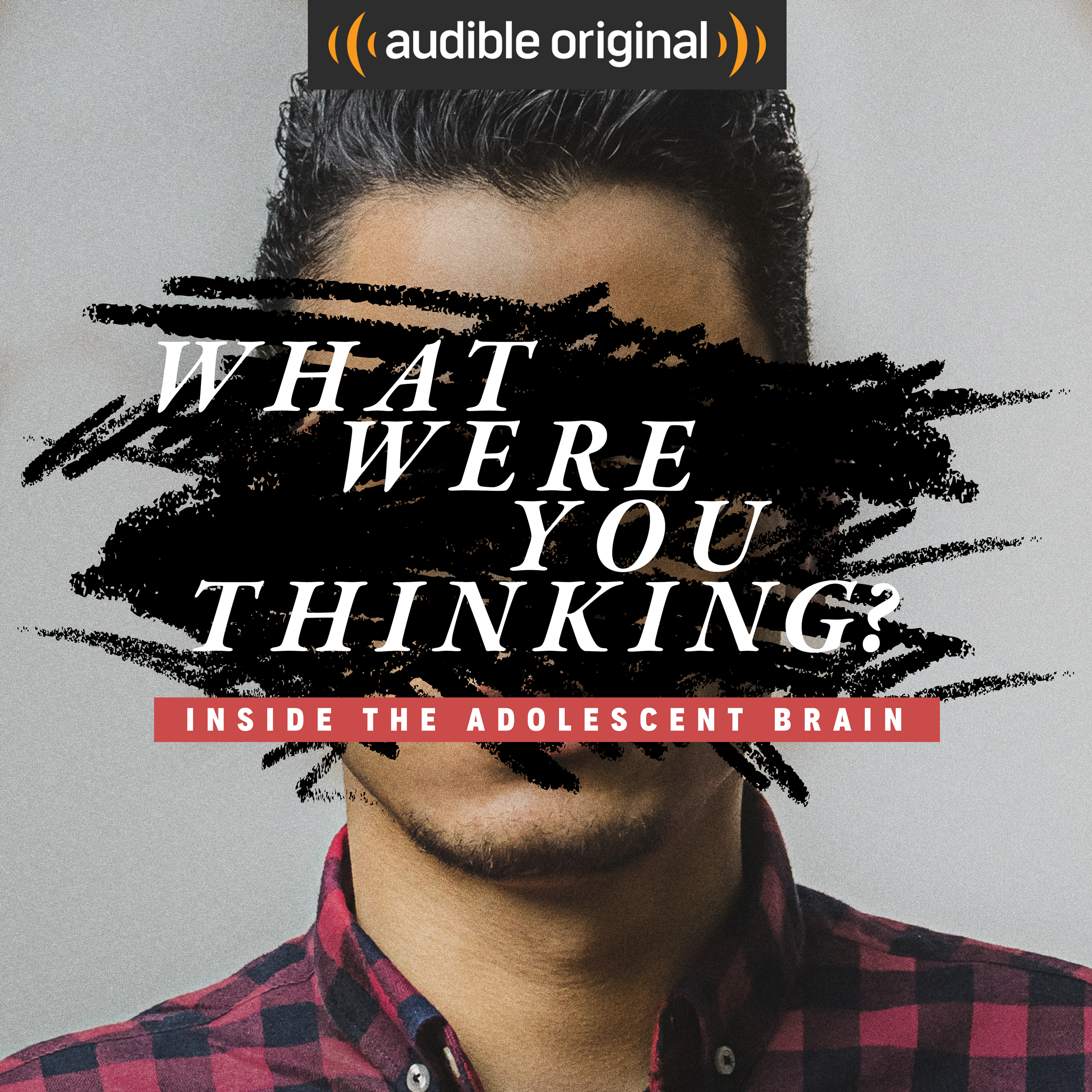
We may earn money from the companies or products mentioned in this post.
As I begin to venture into the preteen and not too distant teenage years, I’m looking for advice and tips just about everywhere. I was given advanced access to What Were You Thinking? Inside the Adolescent Brain.
I use to think parenting was going to be a walk in the park. Come on, the kids are supposed to be little mini me’s right? I turned out pretty good, and figured my kids would too.
What a shock I was in, when I realized I didn’t understand my preteen at all. From mood swings to talents and interests that I don’t possess – our relationship began to be strained. This last year I tried to focus much more on our relationship, and do my best to understand her. I can honestly say that the more time I’ve spent with her, one on one, and the more freedom to make her own decisions despite consequences, the stronger our relationship has become.
Related: How to Have Big Conversations in Little Moments
What Were You Thinking? Inside the Adolescent Brain
In What Were You Thinking? Dina Temple-Raston takes a look at some teens and the astonishing choices they made. From joining to Isis to becoming a computer hacker. She discusses what led them to those choices, what they were thinking when they made the choice, and how it has affected their life since.
Learn more about Season 1 episodes here:
1.BAND OF BROTHERS
Abdullahi Yusuf went from winning Minnesotan high-school football player to ISIS recruit in less than a year. He opens up publicly for the first time on how his search for identity ended up in radicalization. Plus, leading scientists explore why Abdullahi’s brain may have been hard-wired to make these decisions.
2. BEING WORTHY
Ryan Green explains how the thrill of hacking and being considered “elite” prompted him to hijack 77,000 computers at once. And a look into how the adolescent brain’s hunger for the “feel good” chemical, dopamine, drives young people to push boundaries and take risks.
3. AFTER RILEY
Seemingly happy high-schooler Riley Winters killed herself at age 15. It was one of many suicides in Colorado Springs that year, a sharp increase that showed no signs of slowing. In this episode, we travel to Riley’s hometown to talk to friends and family, and find that suicide is more complicated than depression.
4. VIRTUALLY ADDICTED
Hear the private thoughts of Felix Graham, a British teen struggling to redefine himself after quitting the internet games he spent countless hours playing. Plus, we travel to South Korea where the government is providing programs and feedback to young people who are over-dependent on smartphones and internet gaming. And finally, we hear from neuroscientists about how neuroplasticity may make adolescents susceptible to addiction, but also more likely to be able to rewire.
5. YOU’RE NOT ALONE
Dillon Cossey felt isolated and alone… until he turned to the internet to connect with other victims of bullying which led to him poring over sites about school shootings. Not long after, he was arrested. In this episode, we see how chronic bullying can change the adolescent brain and, along with other significant factors, can lead to violence. Also, we hear from Sue Klebold, mother of one of the Columbine High School shooters.
6. IT ISN’T SPIRITUALITY, IT’S NEUROSCIENCE
We visit programs that help adolescents make better choices, including a Moroccan morchidat center that helps counter Islamist radicalization and an NYC high-school teacher focused on “mindful fitness.” Finally, we go deeper into the science of the adolescent brain and the role white matter plays in its evolution.
Listening to the first episode was difficult. It almost seemed that Dina is justifying the choices these teens are making, however, as you listen you find that is not the case. I believe Dina’s desire in this series is to help us understand adolescents better so that we can help them make different and better choices.